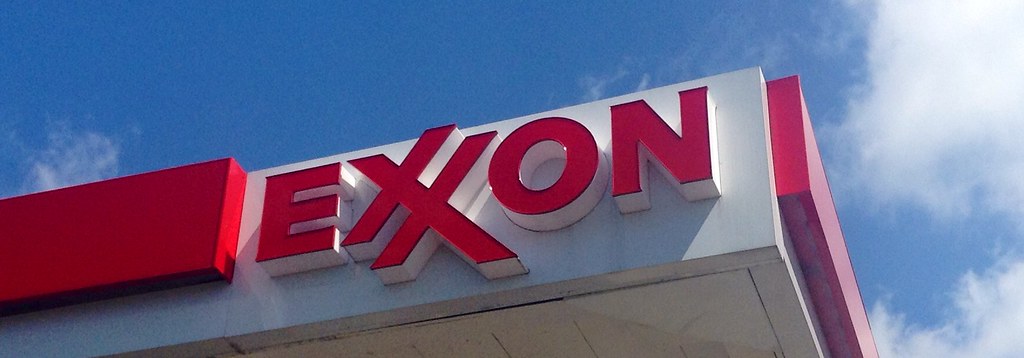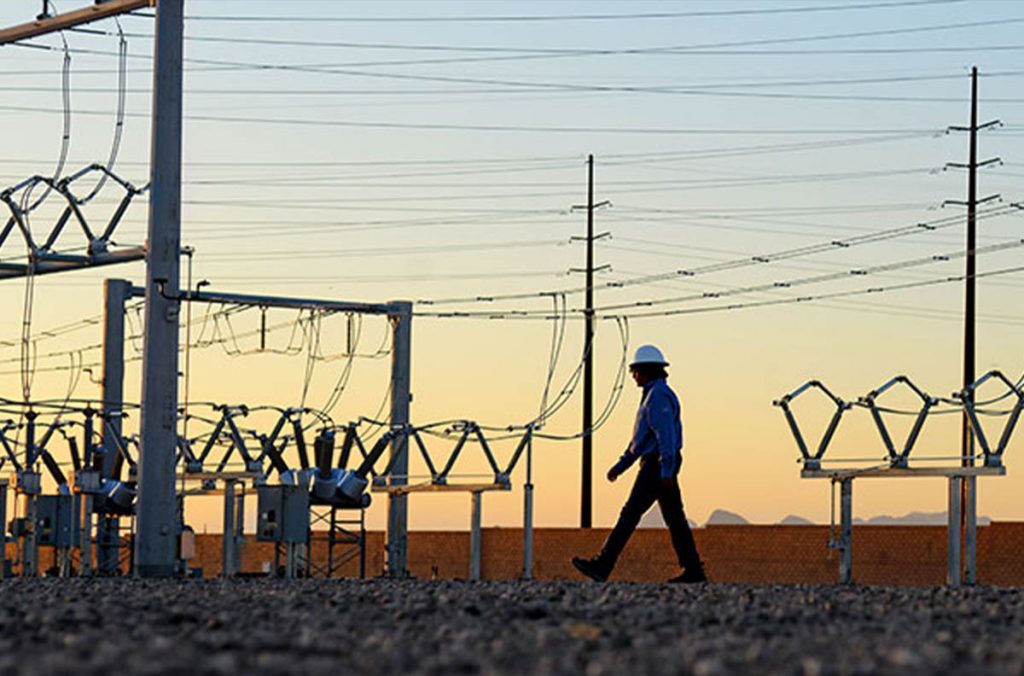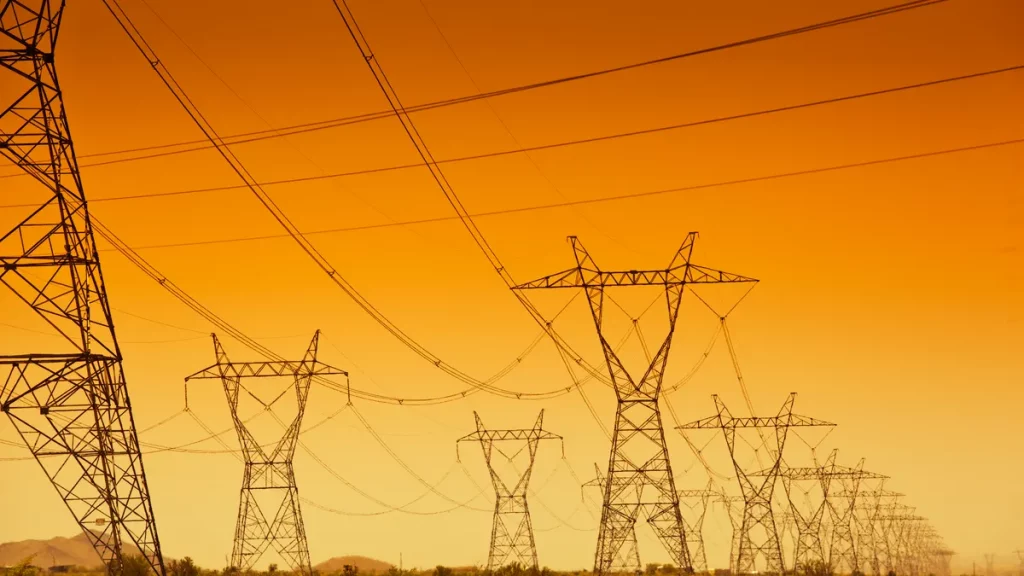The once booming promise of green hydrogen, a clean burning fuel touted as a game changer for energy and climate goals, is hitting a wall in the United States.
Recent policy changes have shortened the timeline for qualifying for federal tax credits under the Inflation Reduction Act, requiring projects to begin construction by the end of 2027. Industry analysts at Wood Mackenzie estimate that as many as three quarters of proposed projects will now miss the deadline, forcing cancellations from Arizona to Oklahoma.

Why Hydrogen Is Stalling
Hydrogen offers the appeal of zero carbon emissions at point of use, but production is costly, energy intensive, and infrastructure heavy. Most U.S. hydrogen today is produced from natural gas, emitting CO₂ in the process. Clean hydrogen, made via electrolysis powered by renewables faces two major headwinds:
- Rising electricity demand from EVs, heat pumps, and AI data centers, creating competition for clean power.
- Slowing renewable buildout in the U.S., making green hydrogen projects harder to finance and operate.
“It’s tough times,” said Bernd Heid, senior partner at McKinsey & Co., who predicted a “flattish” U.S. hydrogen market for years.

The Shift Toward Natural Gas Based Hydrogen
With policy and cost challenges mounting, attention is turning toward blue hydrogen produced from natural gas with carbon capture and storage (CCS). This pathway benefits from different tax credits and longer construction timelines, as well as abundant U.S. gas supply and geological storage capacity.
Industry players like ExxonMobil are weighing multibillion dollar investments in low emission hydrogen plants, but remain cautious. “If we can’t see an eventual path to a market driven business, we won’t move forward,” said CEO Darren Woods.

Investor Takeaways
For now, green hydrogen’s U.S. expansion looks to be slowing, with fossil fuel based hydrogen poised to dominate near term development. While policy incentives remain critical, the broader market will ultimately depend on lowering production costs, scaling infrastructure, and securing end-user demand.Hydrogen’s future in the U.S. is not dead, but its growth curve is bending toward incremental, region specific projects rather than rapid, nationwide deployment.


